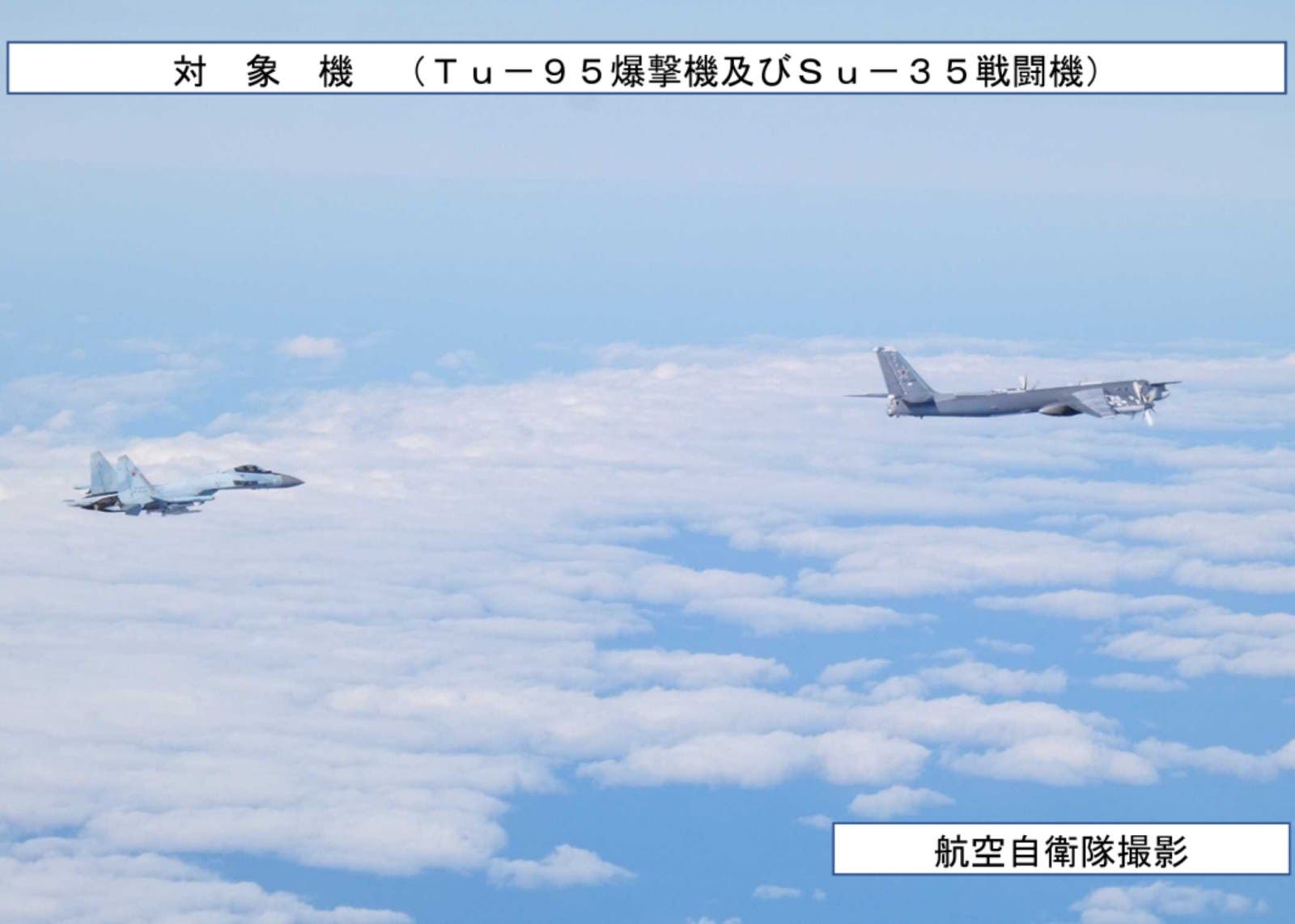
Photos Show US Firing HIMARS Rockets in Drills Near Japan's Mount Fuji
The United States conducted a live-fire training exercise for its combat-proven High Mobility Artillery Rocket System, or HIMARS, at a range near Japan’s Mount Fuji. The exercise, conducted on Monday, demonstrated deterrence in the Indo-Pacific region and contributed to the stability of America’s allies, the U.S. Marine Corps said. Japan‘s Defense Ministry said the exercise was necessary to further strengthen the capabilities of the U.S.-Japan treaty alliance amid the current security environment. Why It Matters HIMARS is a mobile launcher capable of firing six Guided Multiple Launch Rocket System rockets, two Precision Strike Missiles or one Army Tactical Missile System missile, which has a range of 43 miles to over 310 miles. The long-range, precision firepower of HIMARS has been proved during the Russia-Ukraine war, as Kyiv’s forces have launched cross-border strikes against Russian targets using launchers supplied by the U.S. since the first year of the war. The U.S. live-fire war game in Japan comes as the allies enhance their defensive capabilities amid regional threats, including the Chinese military’s buildup and growing presence, as well as North Korea’s continued development of nuclear weapons and missiles. Newsweek has contacted the Chinese Foreign Ministry for comment via email. North Korea’s Embassy in Beijing did not immediately respond to a request for comment. United States Marines conduct a High Mobility Artillery Rocket System live-fire training exercise at the Combined Arms Training Center, Camp Fuji, Japan, on October 27, 2025. What To Know U.S. Marines assigned to the 3rd Marine Division fired multiple practice rockets from a HIMARS launcher during a drill at the Combined Arms Training Center, Camp Fuji, located at the base of Mount Fuji, a U.S. facility designed to support American forces. The exercise demonstrated Camp Fuji’s capability to support long-range fires, the U.S. 3rd Marine Division said in a news release, adding that the drill reflected Washington’s commitment to maintaining readiness and maximizing deterrence in the Indo-Pacific. Major General Kyle Ellison, commanding general of the 3rd Marine Division, said the training site supports the 3rd Battalion, 12th Marine Regiment, the Corps’ only forward-deployed artillery unit, in rehearsing and projecting long-range precision fires. “This training is foundational to enhancing 3/12’s agility and flexibility, ensuring they can safely and rapidly generate combat power in support of the Joint Force,” he said. Lieutenant Colonel Frank Mastromauro, commanding officer of the 3rd Battalion, 12th Marine Regiment, said the unit rehearsed tasks and refined procedures during the drill. The 3rd Battalion is undergoing modernization that includes refining tactics such as seizing key terrain for the rapid insertion and deployment of HIMARS launchers for strike missions, then withdrawing to a secure location. United States Marines conduct a High Mobility Artillery Rocket System live-fire training exercise at the Combined Arms Training Center, Camp Fuji, Japan, on October 27, 2025. Japan’s Defense Ministry said the exercise was conducted to ensure what it called “practical training opportunities” and to enhance the readiness of the U.S. military. In its defense white paper released earlier this year, the ministry said the country faces “the most severe and complex security environment” since World War II, given Chinese, North Korean and Russian military activities in the western Pacific. 10月27日、静岡県の東富士演習場において在日米海兵隊による高機動ロケット砲システム(ハイマース:HIMARS)の射撃訓練が成功裏に行われました。… pic.twitter.com/6UT2jcoBSx— 防衛省・自衛隊 (@ModJapan_jp) October 27, 2025 What People Are Saying The U.S. 3rd Marine Division said in a press release on Monday: “Camp Fuji has served as a key training site for the Marine Corps since 1953…HIMARS training at Camp Fuji offers unique advantages, including realistic training terrain, adequate range capacity, and specialized infrastructure necessary to safely and effectively support HIMARS operations.” Japan’s Defense Ministry said in a post on the social media platform X on Monday: “Given the current security environment, it is important to further strengthen the deterrence and response capabilities of the Japan-U.S. Alliance, and the exercise was conducted by the U.S. military to ensure practical training opportunities and enhance readiness.” What Happens Next It remains to be seen whether U.S. forces deployed in Japan, numbering around 60,000 troops, will expand their live-fire exercises to signal capabilities to regional adversaries.
